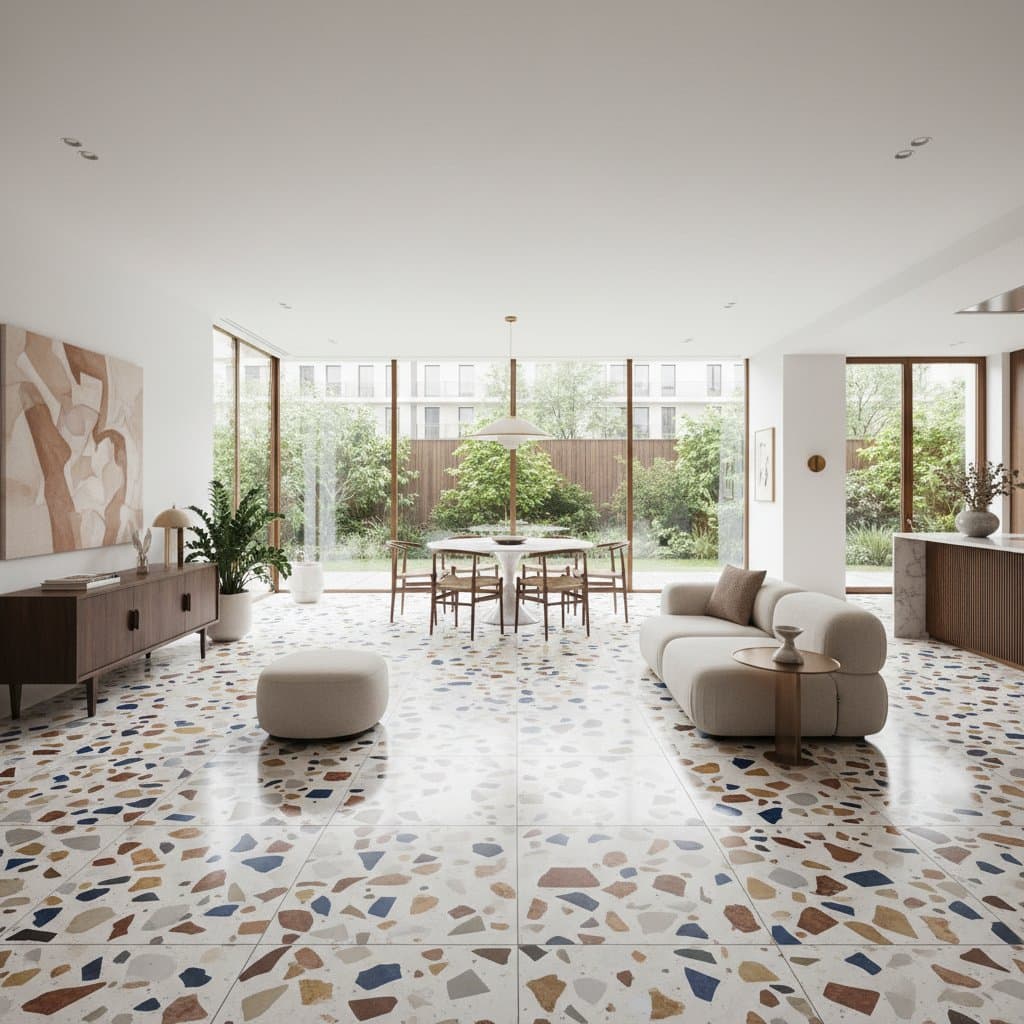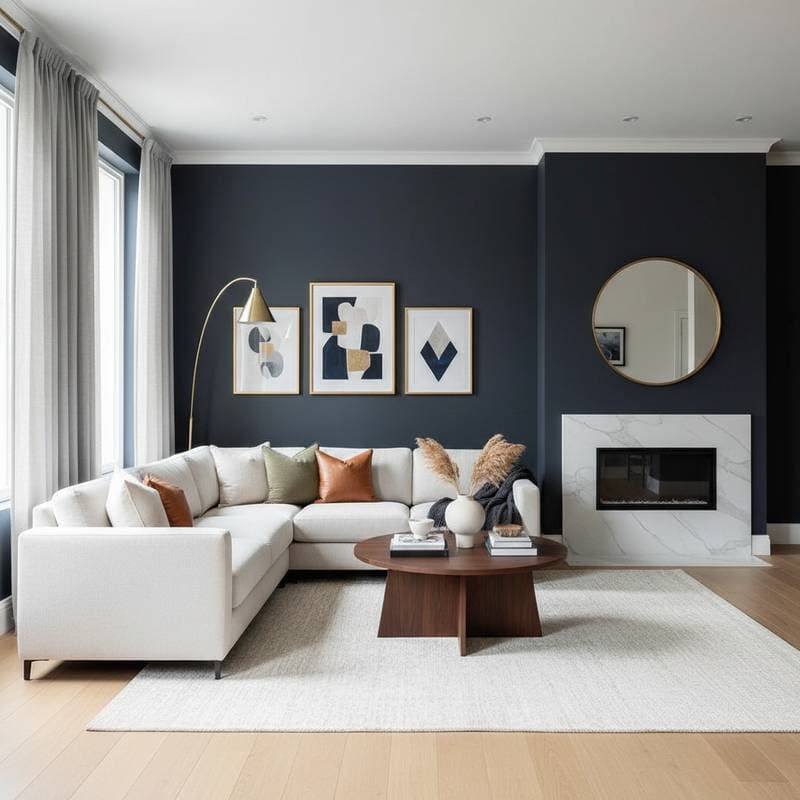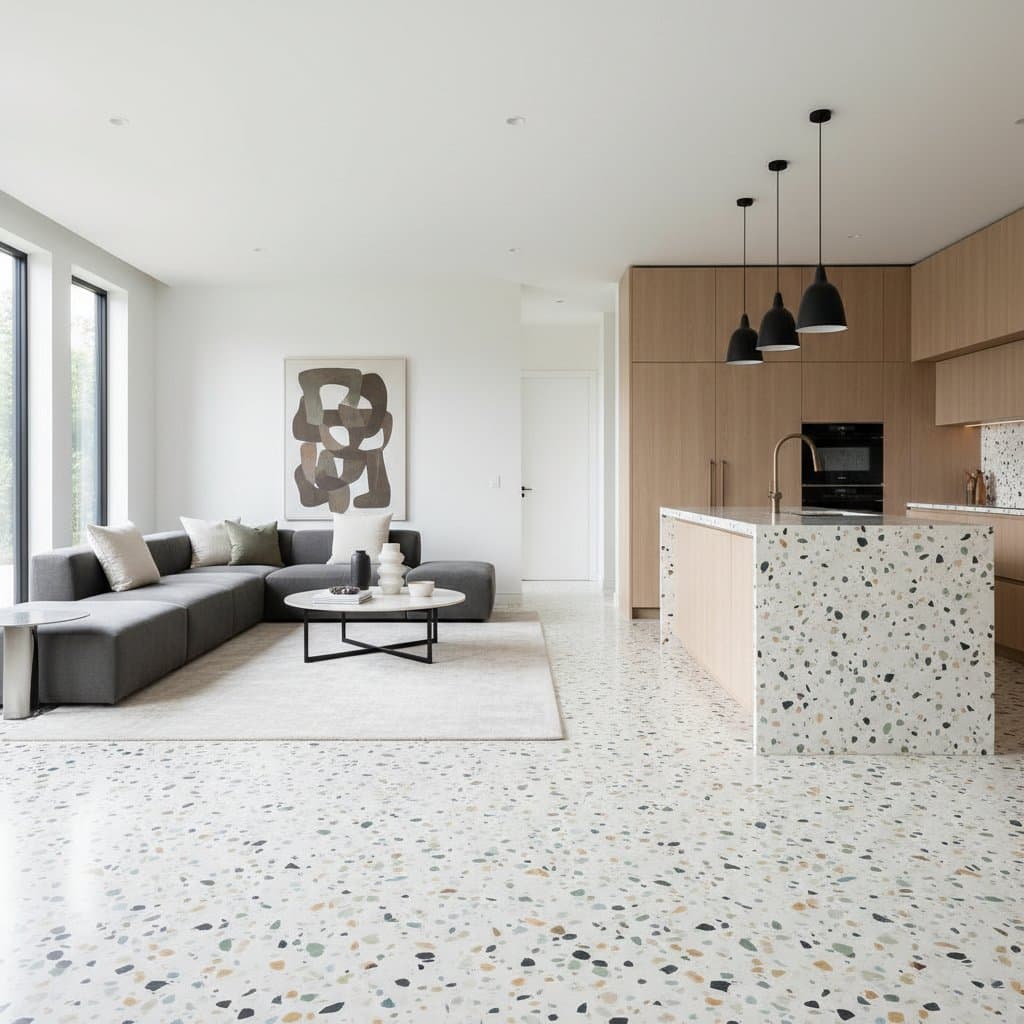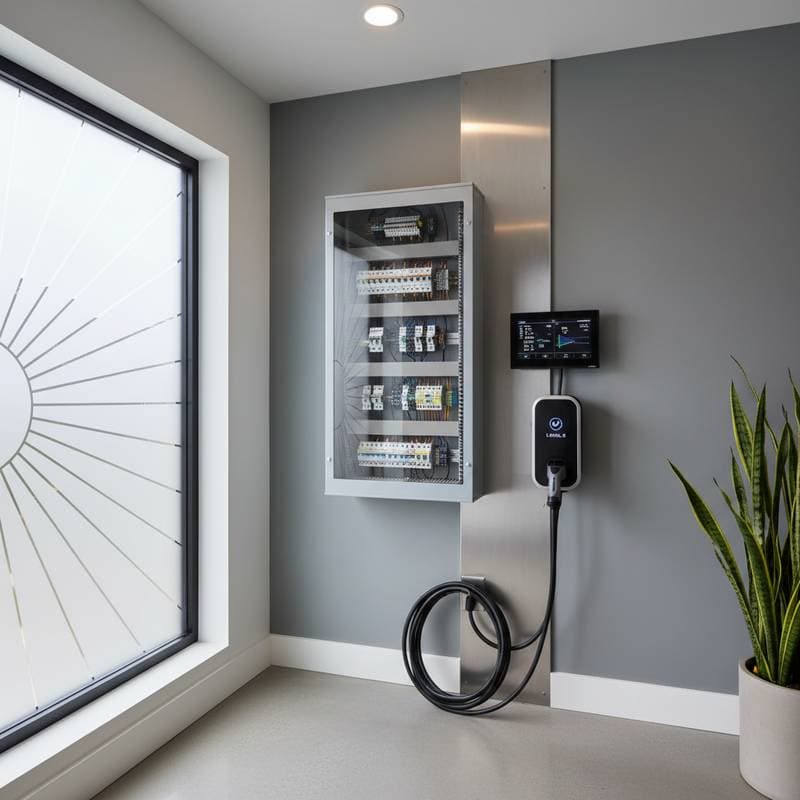Coastal Grandma Aesthetic Powers 2025 Design Sales Surge
The Coastal Grandma aesthetic dominates current design landscapes. Soft neutrals, linen slipcovers, and shell-white paints fly off shelves. Retailers and designers report that this relaxed coastal approach now propels record sales in showrooms and online platforms. The appeal lies in its promise of tranquility, ease, and a subtle bond with the natural world.
This style transcends age demographics. It evokes a specific sensation rather than targeting a particular group. Imagine gentle sea breezes, wide-open windows, and spaces infused with hints of ocean salt and fresh citrus. The Coastal Grandma look delivers this essence regardless of location.
Factors Driving the Sales Increase
Design retailers observe that the Coastal Grandma trend alters shopping behaviors. Homeowners invest more in premium fabrics, organic materials, and understated elegance. This aligns with a broader preference for serene environments that foster security and individuality.
Key drivers behind the sales growth include:
- Enduring appeal over fleeting fads. Consumers reject short-lived furnishings in favor of items that endure and develop character over time.
- Prioritizing ease and functionality. Recent global events reinforced the importance of inviting, utilitarian spaces.
- Seamless integration of elements. The neutral foundation allows effortless updates without overhauling entire rooms.
Furniture manufacturers and paint suppliers note consistent requests for white oak finishes, creamy ivory hues, and woven details. Lighting outlets experience upticks in sales for linen-shaded fixtures and aged brass hardware. Overall, the sector emphasizes refined poise.
Investment Overview
Costs fluctuate based on location and selected quality. Natural materials demand a higher initial outlay, yet they provide longevity and superior tactile experience.
| Task | Typical Cost | Influencing Factors |
|---|---|---|
| Paint and Preparation | $400 - $1,200 | Surface area, coat count, and brand selection |
| Furniture Refresh | $2,000 - $6,000 | Material grade, reupholstery, and customization |
| Textiles and Flooring | $500 - $2,000 | Fiber variety, dimensions, and manufacturer |
| Lighting and Accents | $300 - $1,500 | Finish types and item volume |
| Greenery and Details | $100 - $400 | Specimen scale, container choices, and care requirements |
Overall estimate: $3,300 to $11,100 for a comprehensive room overhaul.
Reduce expenses by repurposing existing items and focusing on fabric renewals rather than full replacements.
Approaching the Project: Self-Guided or Professional
Opt for self-guided efforts when:
- You derive pleasure from interior projects and possess ample time for tasks like painting and sewing.
- Basic equipment such as rollers, brushes, and a staple gun for minor upholstery work is available.
Engage professionals for:
- Comprehensive overhauls or installations like custom cabinetry.
- Guidance on harmonizing shades under varying light conditions.
- Transformations spanning multiple areas or involving new surfaces.
Advantages of professional involvement:
Experts excel at coordinating hues across textiles and surfaces, procuring exclusive supplier items, and ensuring proportional layouts. In expansive spaces, their input prevents expensive errors.
Adapting to Local Conditions
The Coastal Grandma style suits diverse environments, though minor tweaks enhance authenticity.
In cooler, moist areas:
Select paints and fabrics with warm undertones. Incorporate woolen blankets and substantial drapes to retain heat.
In arid, warm climates:
Favor airy linens and cottons. Opt for light-toned woods and breathable weaves to promote circulation.
In humid seaside zones:
Prioritize mold-resistant textiles and treatments. Ensure proper airflow to maintain freshness and crispness.
Regulatory aspects:
Cosmetic modifications such as painting or accessorizing require no approvals. For alterations like window replacements or integrated storage, consult regional building regulations.
Retailer Adaptations to Market Demand
Major home retailers accelerate responses to this surge. Many broaden offerings in organic fibers, while others revive heritage-inspired lines. Paint firms handle increased volumes of pale whites and subdued greens. Hardware providers introduce matte brass and silvered options to complement the palette.
Artisan producers also flourish. Items like handcrafted baskets, regional ceramics, and salvaged wood pieces outsell factory alternatives. This evolution prioritizes skilled workmanship and genuine origins.
Design firms report that clients embracing this aesthetic allocate higher budgets per initiative, yet select fewer components. Investments target durable seating, tailored window treatments, and solid timber over synthetic substitutes. Consequently, the industry moves toward a deliberate, values-oriented model centered on well-being.
Alignment with Contemporary Preferences
Individuals seek respite within their living spaces. Following eras of vibrant excess and rapid shifts, the Coastal Grandma approach conveys sincerity. It honors unhurried routines, literary pursuits, and natural illumination on pristine surfaces. The emphasis rests on nurturing serenity rather than ostentation.
This resonance spans generations. Younger residents employ it to counter technological saturation. Seasoned dwellers value its reassuring familiarity. Such broad compatibility sustains the trend and correlates with rising sales in associated categories.
Essential Strategies for Implementation
- Layer materials for dimension, maintain a subdued color scheme. Introduce variety through fabrics and surfaces to build visual interest.
- Maximize ambient illumination. Avoid dense coverings; allow daylight to illuminate the area.
- Explore independent vendors initially. Community markets frequently yield antique finds that align seamlessly.
- Refine the collection periodically. Introduce balance by retiring one object for each addition.
- Infuse personal elements. Authentic spaces feature subtle life markers, such as beloved reading stacks or ocean-themed imagery.
These practices instill vitality. The objective centers on creating a sense of stability rather than artificial perfection.
Pathways to Incorporation
To experiment with the Coastal Grandma aesthetic, commence modestly. Apply a gentle neutral to a single surface. Introduce a linen coverlet and interlaced floor covering. Observe the resulting atmosphere; many discover immediate relaxation.
Upon embracing the subdued tones, extend to additional zones. Substitute stark fixtures with soft-glow alternatives. Exchange shiny elements for subdued finishes. Gradually, the residence acquires a lighter, more peaceful quality.
The Coastal Grandma aesthetic extends beyond temporary popularity. It represents a pivot to measured, earth-connected lifestyles. This philosophy underscores that residences ought to invite breath rather than dominate. Regardless of proximity to shores, it delivers coastal poise directly into daily surroundings.









